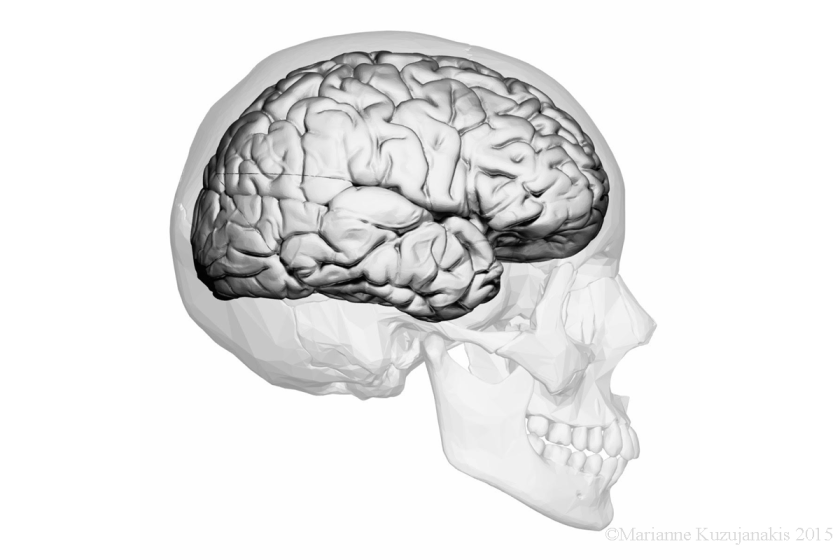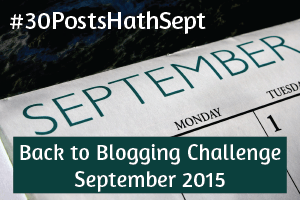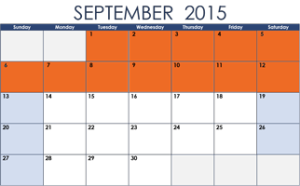Welcome to Day 12 of #30PostsHathSept. [PLEASE READ all my other challenge posts HERE.] Today I muse about many things. Enjoy!
Roughly a decade ago, when I first saw the videos of the creatures called Strandbeest, I was utterly mesmerized.
With guidance from the wind, these beasts of yellow plastic piping walk alone along the beaches in the Netherlands. Some only intermittently require wind, storing energy in man-made bottle bladders. I’m looking forward to their arrival on the Atlantic shores next week for their first major U.S. exhibition. Learn more about them HERE, HERE, and HERE. Their creator, Theo Jansen, discusses them in this amazing TED.com video.
Theo Jansen is a Dutch artist trained in physics and engineering. He treats his creations as true life forms, having the equivalent of a very simple brain that can monitor its surroundings. Terms he uses in describing them include evolution and DNA, and they are given elaborate Latin-derived genus and species names such as Animaris Percipiere and Animaris Suspendisse.
To Mr. Jansen, his creatures are sentient.
But what is sentience? The Oxford dictionary states that sentience is being “able to perceive or feel things.” Feeling. A concept that is separate from thinking. A consciousness. We have computers that can out-match human minds in speed and accuracy, even competing successfully against humans in many activities including chess and Jeopardy. We have computers that drive cars for us. But as far as we can tell with what we understand today: they cannot feel – only think.
Do they have a mind?
Siri speaks to millions every day on iPhones, guiding humans to destinations, offering recommendations for dinner, answering even the most obscure questions, while occasionally even joking along with us. She sounds like a good friend…but it’s all about algorithms, is it not?
Science fiction is inundated with similar life forms, robotic in nature, yet – by the magic of Hollywood – granted just a bit more something. Everyone has their favorites, and for me those include C-3PO, WALL-E, HAL (of 2001: A Space Odyssey), Doctor Who’s time-traveling TARDIS, and the one I hold most dear – Data of Star Trek: The Next Generation.
Star Trek: Next Generation’s episode “The Measure of a Man” is one of my most favorites in the entire series. In it, Data is forced to argue for his right to self-determination (i.e. by proving his sentience), or else be declared as property to be placed at the mercy of human Starfleet researchers. Here is the most poignant portion of the episode, where the prosecution witness is being questioned on what determines sentience.
Intelligence. Self-awareness. Consciousness. These are the specific criteria brought up in this episode as essential components of sentience. Criteria associated with having a mind. It goes on to say that sentient beings should have “the right to choose.” Thus, free will.
But then we get into the sticky topic of free will. This implies freedom, and even within the human race this simple criterion has been broken time and again against our own species. Slaves. Prisoners. Others. So many people oppressed over many thousands of years and/or denied their free will. To make the issue even more complex, some researchers are even determining that free will, as we believe it to be, may not even exist. But I digress.
Back to sentience.
We haven’t even touched upon how the human race treats other species. Discussions regularly relate to animals and animal rights. The use of animals as food, lab experiments, and so much more. But where along the line of animal species is the topic of animal rights not a point of contention? When the animal doesn’t appear similar to us (i.e. has two eyes, a nose, and a mouth)? What of creatures like the octopus, so alien in appearance but essentially a living brain?
What too of plants? Are they sentient? Years ago, while watching David Attenborough’s BBC documentary The Private Life of Plants (sadly not available in DVD in the U.S.), I was astounded by the purposeful movements and activities of plants, the territory battles and the will to survive, all visible to us only in time-lapse photography. Plants live on a time scale far different than ours, yet I can’t begin to answer whether they are sentient. I don’t even know whether we should be asking this question.
It’s obvious our world is making rapid advances in computers and engineering. Unfortunately, it sometimes seems we haven’t yet even achieved an understanding of the natural world around us, nor have we learned respect for sentient life. Understanding this present world is a necessary prerequisite to addressing a future world of artificial intelligence.
The day will surely come when engineering and technology produce a being that is capable of not just thinking, but also having self-awareness and consciousness. A day when they develop minds. But what we do as humans when that day arrives says far more about us than about the beings we create. Captain Jean-Luc Picard, in “The Measure of a Man”, said,
“A single Data is a curiosity. A wonder even. But thousands of Data’s,…isn’t that becoming a race? And won’t we be judged by how we treat that race?
These discussions should (and will) be ongoing. Dr. Stephen Hawking and Elon Musk have already voiced their concerns on artificial intelligence. Other researchers are meanwhile trying to better understand the basis of consciousness. While we wait, we need to take a look at ourselves and begin in earnest to address our contradictions, failings, and role in the world of today.
Will we be ready for tomorrow?
[You can enjoy all the daily posts from the #30PostsHathSept bloggers HERE]
Feature image attribution: Image altered from original found at: “BodyParts3D, © The Database Center for Life Science licensed under CC Attribution-Share Alike 2.1 Japan.”



